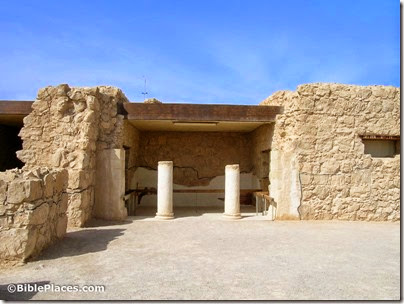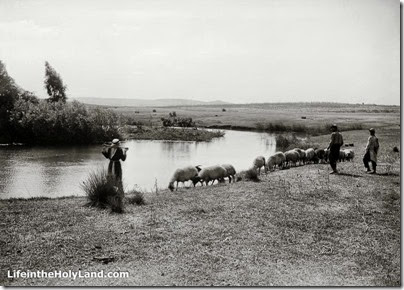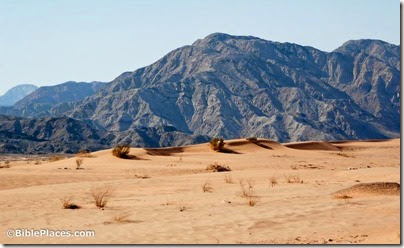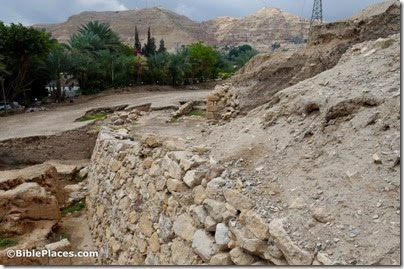SourceFlix has produced a short video illustrating Psalm 23.
Wayne Stiles has everything you want to know about Timna Park, including photos, a time-lapse video, Google Street View, and a map.
“Researchers from the Hebrew University of Jerusalem have discovered the deepest cave in Israel, reaching a depth of 187 meters below ground.”
The Getty Thesaurus of Geographic Names is now online for free.
If you’re thinking about visiting the Pergamum Museum in Berlin anytime soon, read Ferrell Jenkins’ recent post.
A copper awl discovered not far from Beth Shean is now believed to be the oldest metal object known from the Middle East. The University of Haifa press release is online here.
“The Iraqi National Museum inaugurated two renovated halls adorned with life-size stone statues on Thursday.”
The new editors of BASOR have penned an inaugural letter describing their plans and offering an invitation.
Jordan’s Tourism Board has launched a new online chat service.
HT: Joseph Lauer, Jack Sasson, Charles Savelle, A.D. Riddle



